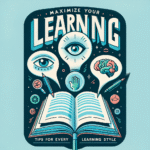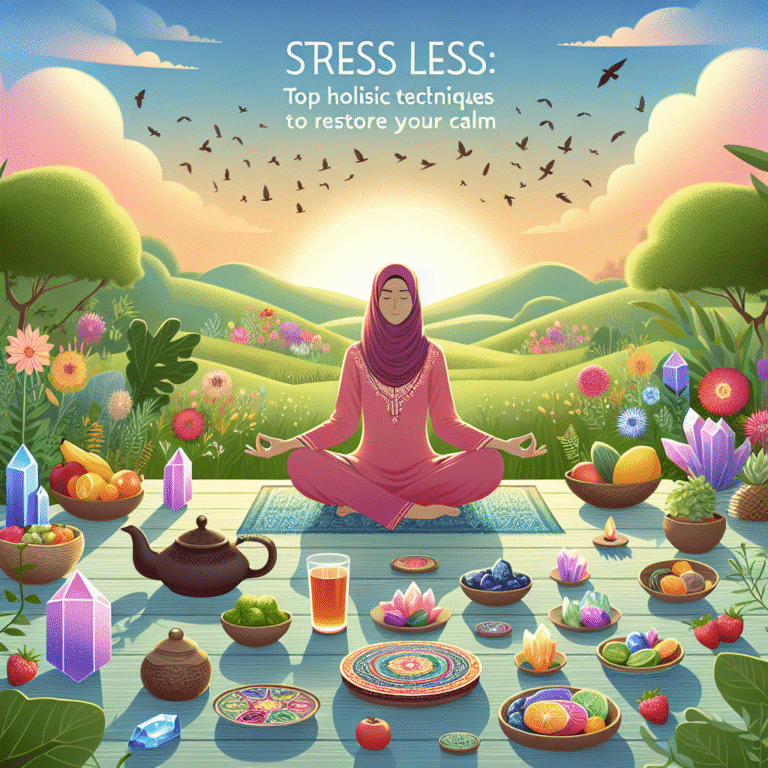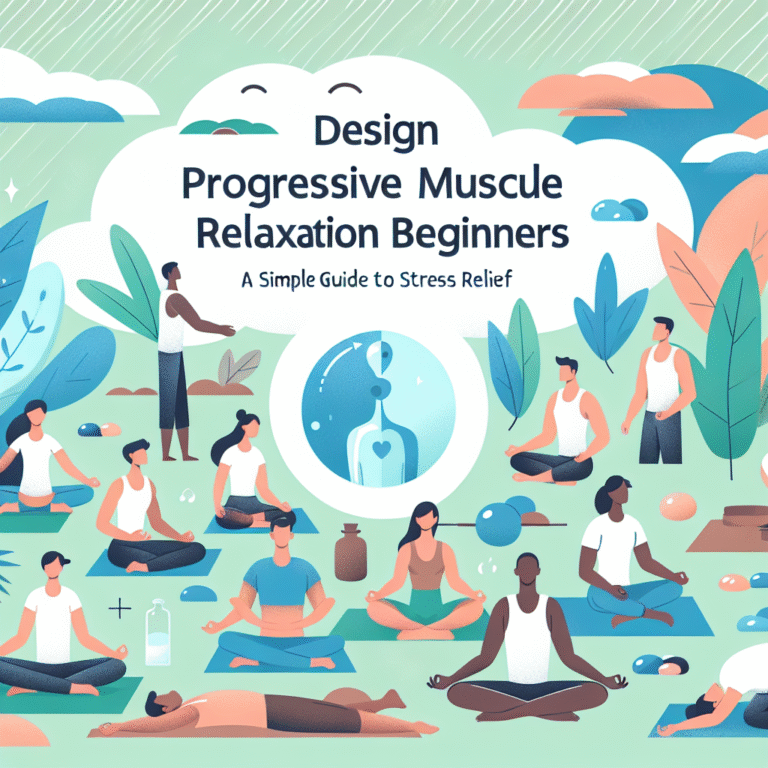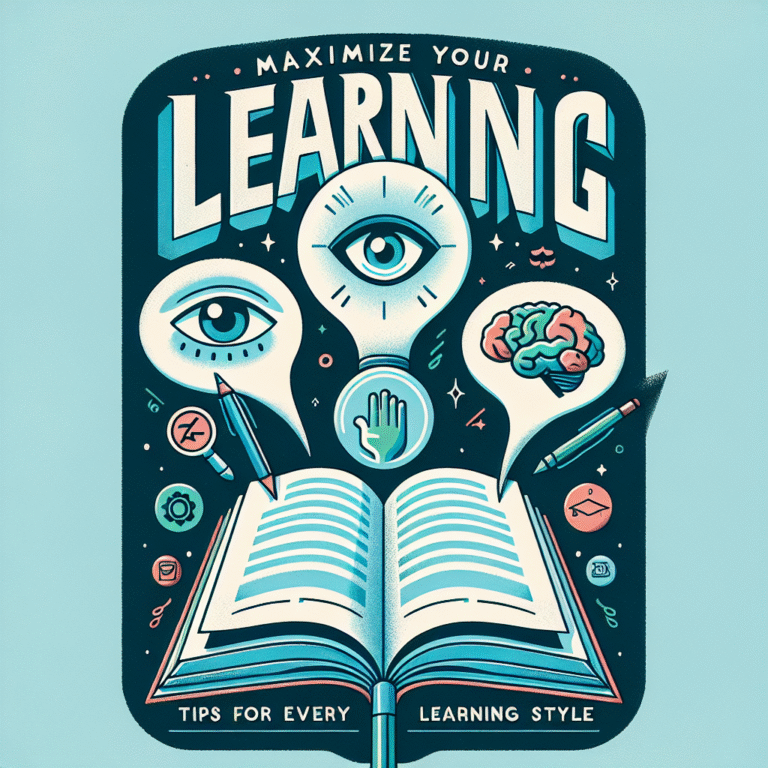
Dream On: Simple Techniques for Beginner Lucid Dreamers to Unlock the Magic of Dreaming
Introduction
Have you ever dreamed you could fly? Or perhaps you’ve wished you could chat with a celebrity or confront a difficult situation in the safety of your subconscious? The fascinating world of lucid dreaming allows you to experience all of this and more. With the ability to control your dreams, you not only unlock creativity and self-exploration but also gain a new lens through which to view your waking life. "Dream On: Simple Techniques for Beginner Lucid Dreamers" highlights how you can tap into this incredible skill. This article provides you with practical, simple techniques to begin your lucid dreaming journey, transforming the way you view sleep and dream.
Understanding Lucid Dreaming
What Is Lucid Dreaming?
Lucid dreaming occurs when you become aware that you are dreaming while still in the dream state. This awareness often allows you to exert some level of control over the dream environment and narrative. Transitioning into a lucid dream can happen spontaneously, but with a structured approach, beginners can significantly enhance their chances of experiencing this phenomenon.
The Science Behind Lucid Dreaming
Research indicates that lucid dreaming is a fascinating interplay of brain activity. Studies, such as those conducted by Dr. Ursula Voss, demonstrate that during lucid dreaming, the brain operates in both the rapid eye movement (REM) sleep cycle and a waking state. This unique blend of consciousness can open doors to deeper psychological insights and creativity.
The Benefits of Lucid Dreaming
Why embark on the journey of lucid dreaming? Here are some compelling reasons:
- Enhanced Creativity: Many artists and writers use lucid dreaming to brainstorm ideas and tackle creative blocks.
- Overcoming Nightmares: Lucid dreaming provides a unique opportunity to confront and resolve frightening dreams.
- Problem-Solving: Some people utilize lucid dreams to work through challenges or practice public speaking without real-world consequences.
- Self-Discovery: The dream world can serve as a canvas for self-reflection, revealing insights about one’s fears, desires, and aspirations.
Dream On: Simple Techniques for Beginner Lucid Dreamers
Embarking on your lucid dreaming journey can seem daunting. However, several simple and effective techniques can help you transition from regular dreaming to lucid dreaming.
1. Dream Journaling
What Is It?
Dream journaling involves writing down your dreams immediately after waking. This practice helps to improve dream recall and increases awareness of your dream patterns.
How to Start
- Keep a Notebook by Your Bed: Write down anything you remember upon waking, including feelings and notable details.
- Include Recurring Themes: Pay attention to symbols or themes that appear frequently in your dreams. This recognition is crucial for becoming lucid.
Case Study: Emily’s Journey with a Dream Journal
Emily started dream journaling and noticed a common theme of being chased in her dreams. Understanding this allowed her to confront her fear of failure in real life. A month later, she achieved her first lucid dream, during which she turned to face her pursuer.
2. Reality Checks
What Are They?
Reality checks are simple tests you perform throughout the day to determine whether you’re dreaming or awake.
Techniques to Try
- Finger Through Palm: Try pushing your finger through your palm. If it goes through, you’re dreaming.
- Reading Text: Look at a piece of text, look away, and then look back. If the words change, you are likely dreaming.
Benefits of Reality Checks
Incorporating reality checks into your daily routine trains your mind to recognize when you’re dreaming, increasing the likelihood of achieving lucidity.
3. Mnemonic Induction of Lucid Dreams (MILD)
What Is MILD?
MILD is a technique that combines intention-setting and visualization. You remind yourself of your goal to realize you’re dreaming.
How to Practice MILD
- Just before sleeping, repeat, "Tonight, I will realize I’m dreaming."
- Visualize yourself becoming lucid in a dream.
Case Study: Mark’s Successful MILD Technique
Mark practiced MILD for two weeks. Every night, he repeated his mantra and envisioned himself becoming lucid. On the 15th night, he successfully became aware during a flying dream, leading to an exhilarating experience.
4. WILD (Wake-Initiated Lucid Dreaming)
What Is WILD?
WILD is a technique that attempts to enter a dream directly from a waking state, maintaining conscious awareness as the body falls asleep.
Steps to Perform WILD
- Lie down comfortably and relax your body.
- Focus on your breathing and maintain a calm mindset.
- Visualize yourself in a dream scenario.
Challenges of WILD
This technique requires practice and patience, but it can lead to deeper lucid dreaming experiences.
5. Wake Back to Bed (WBTB)
What Is WBTB?
WBTB involves waking up after several hours of sleep to increase your chances of lucid dreaming during subsequent sleep cycles.
How to Implement WBTB
- Set an alarm to wake you after 5-6 hours of sleep.
- Stay awake for 20-30 minutes, engaging in dream-related activities like reading about lucid dreaming.
- Go back to sleep, aiming to directly enter REM sleep.
Case Study: Sarah’s WBTB Success
Sarah implemented the WBTB method, waking after 5 hours of sleep and reading about dreams. She found that she was more aware during her next sleep cycle and had vivid dreams, one of which became lucid.
Overcoming Common Challenges in Lucid Dreaming
Lack of Recall
Many beginners struggle to remember their dreams. To enhance recall, maintain consistent dream journaling practices and avoid alcohol or heavy meals before bed.
Frustration with Results
It’s essential to remain patient. Lucid dreaming is a skill that improves with practice and consistency. Celebrate small successes, as they can inspire motivation.
Fear of Nightmares
If you experience nightmares, utilize lucid dreaming techniques to confront and reshape these fears. Empowering yourself in your dreams can lessen anxiety in waking life.
Conclusion
"Dream On: Simple Techniques for Beginner Lucid Dreamers" is your gateway to a vibrant and adventurous dream life. By practicing techniques like dream journaling, reality checks, MILD, WILD, and WBTB, you can cultivate the ability to become lucid dreamers. Remember, the journey requires patience, practice, and a willingness to explore your inner self. The transformative power of dreams awaits you. Embrace the adventure, and let your dreams take you to unimaginable places!
FAQs
1. How long does it take to become a lucid dreamer?
Every individual is different. With consistent practice of techniques like dream journaling and reality checks, many beginners report experiencing a lucid dream within weeks.
2. Are there any risks to lucid dreaming?
Lucid dreaming is generally safe. However, some individuals may experience sleep disturbances or difficulty distinguishing between dreams and reality, so maintaining a balanced approach is crucial.
3. Can everyone learn to lucid dream?
Most people can learn to lucid dream with dedication and practice. However, factors such as sleep quality and mental state can influence the experience.
4. Do I need special equipment to practice lucid dreaming?
No special equipment is necessary. Basic tools include a dream journal and possibly an alarm clock for WBTB practices.
5. Can lucid dreaming impact my waking life?
Lucid dreaming can lead to increased self-awareness, creativity, and problem-solving abilities. Many practitioners find improved mood and reduced anxiety as well.
By engaging with the techniques outlined in "Dream On: Simple Techniques for Beginner Lucid Dreamers," you are stepping into a universe full of potential. Our subconscious can be a powerful allies in understanding ourselves, our goals, and even our fears. So why wait? Go to sleep tonight with the intention of exploring the boundless landscapes of your dreams!
















